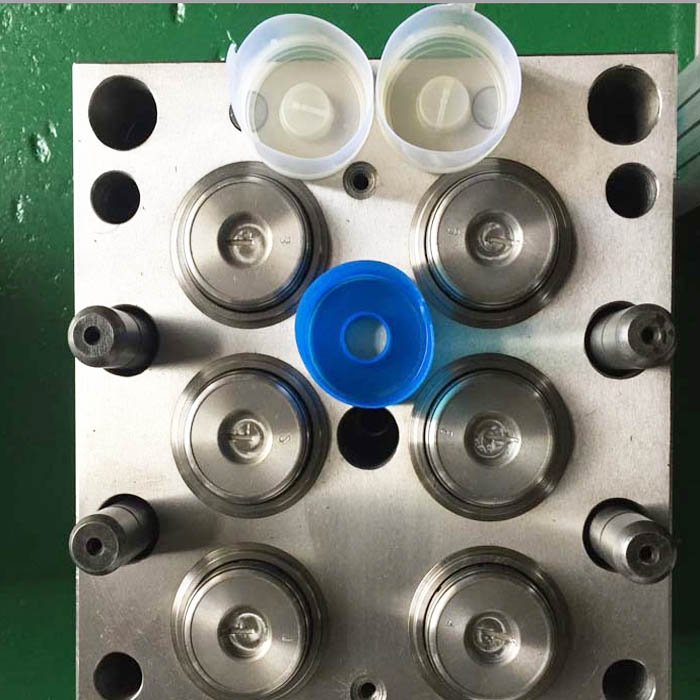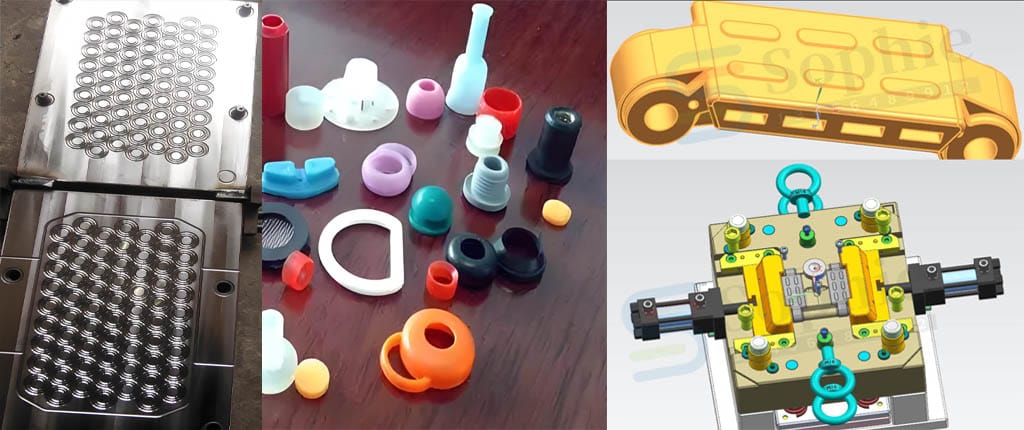Plastic bottle cap mold market potential European,in today’s plastic injection mold products market, the plastic injection bottle cap mold industry has attracted much attention, especially in Europe. With the increasing awareness of environmental protection and the growing demand for packaging, this market is showing great potential, bringing lucrative business opportunities to manufacturers and investors.
Table of Contents
Toggleplastic bottle cap mold market potential European
The plastic bottle cap mold market is characterized by substantial demand, diverse market segments, and intense competition. According to Luo Baihui, the leader of the International Mould and Hardware and Plastic Industry Suppliers Association, the European market produced 200 billion bottle caps in 2008, experiencing an annual growth of 6% from 2006 to 2008. Notably, the one-piece (one-piece) HDPE caps demonstrated remarkable growth, boasting a 9% annual growth rate during the same period. These caps now hold a significant 65% market share in the beverage caps sector, compared to 55% in 2004. The accelerated adoption of HDPE one-piece caps is attributed to their lower product cost and weight, a trend that is expected to become more prominent as the economy recovers.
Non-standard bottle caps represent high-value products within the cap market. This category includes sports bottle caps, flexible packaging nozzles (commonly found in large yogurt bags), paper cup lids (used in coffee shops), and flat lids. The increased demand for sports caps has contributed to the overall growth of non-standard caps. Currently, non-standard caps make up approximately 55% of the cap market, while standard caps account for the remaining 45%.
Luo Baihui holds the view that the European plastic bottle cap market has reached a state of maturity, presenting a complex business landscape for participating companies. Despite a moderate growth rate, the outlook for plastic bottle caps remains highly optimistic, with a blend of both opportunities and challenges. Over the next five years, the trajectory of demand for plastic bottle caps and closures in the European market will be shaped by the following innovations
- Expand product offerings to cater to a broader range of food requirements.
- Enhance product development with a focus on increased consumer convenience.
- Reevaluate supply strategies within the beverage sector.
- Weed out less competitive participants in the industry.
- Foster the creation of environmentally sustainable practices within the plastic bottle cap sector.
1. Sustainable packaging trends
The concept of sustainable development in Europe is deeply rooted in the hearts of the people, prompting the plastic bottle cap mold market to develop in a more environmentally friendly direction. Increasing consumer demand for recyclable materials and green packaging has driven plastic bottle cap mold manufacturers to continue to innovate and adopt sustainable materials to meet market demand.
2. The rise of innovative technologies
With the continuous advancement of science and technology, new manufacturing technologies and design concepts continue to emerge, bringing new possibilities to the plastic bottle cap mold market. Advanced mold manufacturing technology not only improves production efficiency, but also improves product quality, allowing manufacturers to better adapt to market needs.
3. Rapid growth of the packaging industry
With the rapid development of e-commerce and food and beverage industries, the demand for high-quality packaging is also increasing. As a key component in the packaging field, plastic bottle cap molds have an increasing market demand. This presents a wealth of opportunities for investors, especially those committed to providing innovative, efficient packaging solutions.
4. Market competition and development trends
As market competition intensifies, manufacturers need to maintain keen market insights and continuously improve product quality and service levels. At the same time, understanding and adapting to market development trends, such as personalized packaging, smart packaging, etc., will help maintain competitive advantages in fierce competition.

European plastic cap manufacturers are actively adapting to the trend with key developments
European plastic bottle cap manufacturers actively respond to market trends, and key developments include comprehensive upgrades and continuous innovation. We are committed to increasing the added value of our products, expanding into the international market in an eclectic way, and actively adopting an overall procurement strategy in the face of cost pressures. In the context of fierce global competition, these key initiatives make the European plastic bottle cap industry more competitive.
- No dedicated production entity exists; each enterprise is striving to maximize the added value of its products.
- Exploring markets beyond Europe for sourcing.
- The emerging practice of holistic sourcing for household consumer goods, aimed at cost reduction, poses a renewed challenge to the local cap product market.
While the global trend in the production and procurement of plastic cap products presents a prolonged challenge to European market suppliers, it is crucial for these suppliers to adopt a proactive stance. Instead of merely defending against crises, they should actively identify and capitalize on opportunities in this changing landscape.
The non-beverage food industry is undergoing significant changes, mirroring the historical shift seen in the beverage sector from glass to blow molding packaging. This evolving trend emphasizes the potential standardization of non-food cap products, such as those for packaging and liquid food. Suppliers can enhance industrial output value by maximizing the production of standardized and high-value products.
The introduction of heat-resistant PET products, anti-reflection PP, and multi-layer co-extruded materials has opened up new possibilities for plastic lids and caps in various applications, including juices, sauces, soups, and baby food. Previously reliant on glass containers and steel vacuum lids, these industries now present opportunities, particularly in cold-fill applications like honey products. This expansion is set to further integrate European plastic cap products into the food industry.
In the non-food sector, brand owners increasingly recognize the value of cap products for their impact on product appearance, personalization, and transportation convenience. The unique effects of caps drive demand in this sector, offering cap producers more lucrative returns compared to other packaging components.
When exploring the potential of the European plastic bottle cap mold market, manufacturers and investors should keep an open mind and continue to innovate to meet changing market needs. The huge potential of this market brings opportunities to industry players, but also reminds them to continuously evolve and improve their competitiveness in the highly competitive market.


